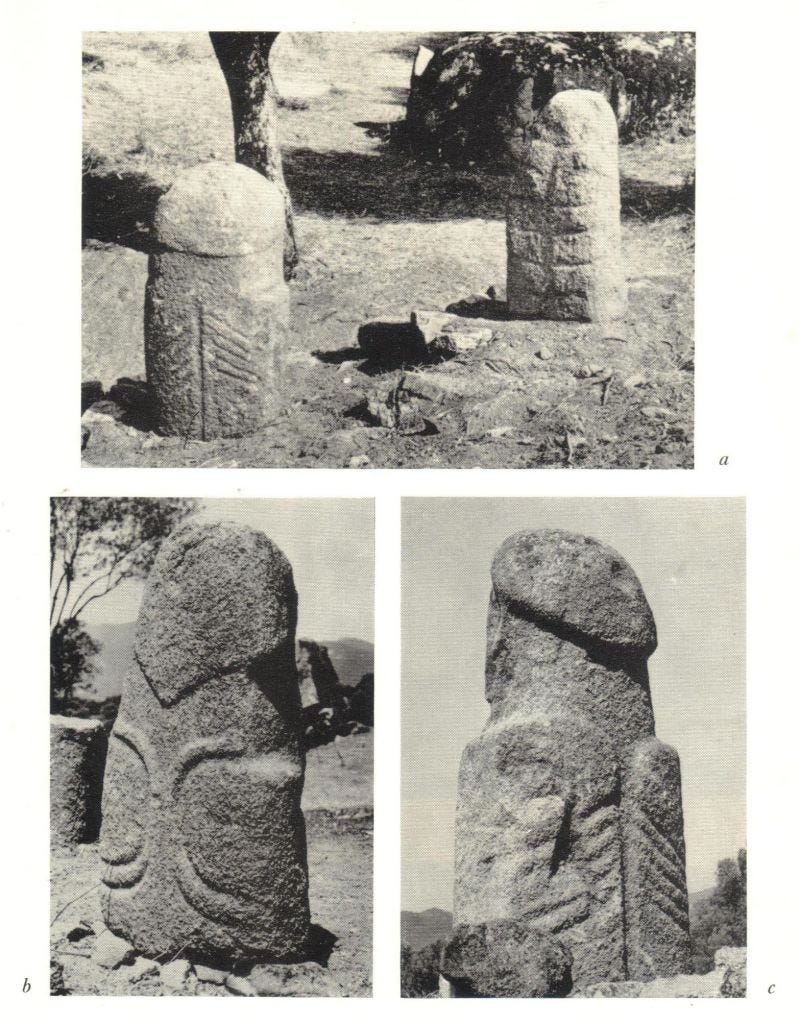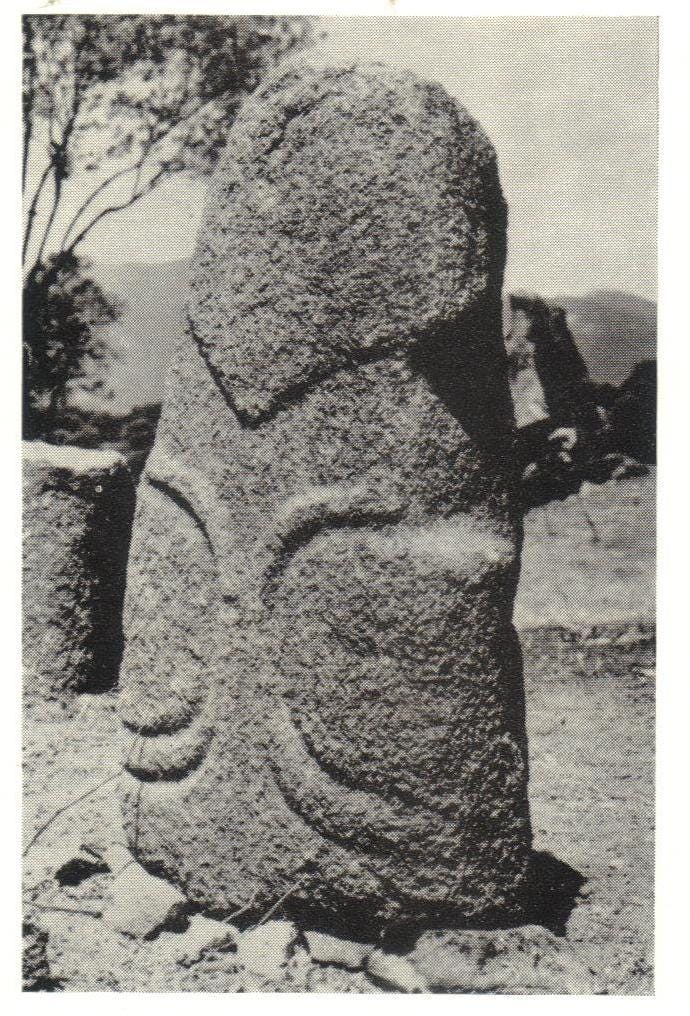ok, Corsica seems mixed in the Bronze Age, they built nuraghe-like structures but used Apenninic ceramics.
First input is Sardinian (Bonnanaro like pottery) followed by a stronger relationship with Central Italy (Apenninic culture)
A link with the Sea Peoples (Sherden) is probably witnessed by the menhir statue of Filitosa
http://i0.wp.com/www.salimbeti.com/micenei/images/seapeoples23.jpg?w=620
First input is Sardinian (Bonnanaro like pottery) followed by a stronger relationship with Central Italy (Apenninic culture)
A link with the Sea Peoples (Sherden) is probably witnessed by the menhir statue of Filitosa
http://i0.wp.com/www.salimbeti.com/micenei/images/seapeoples23.jpg?w=620









